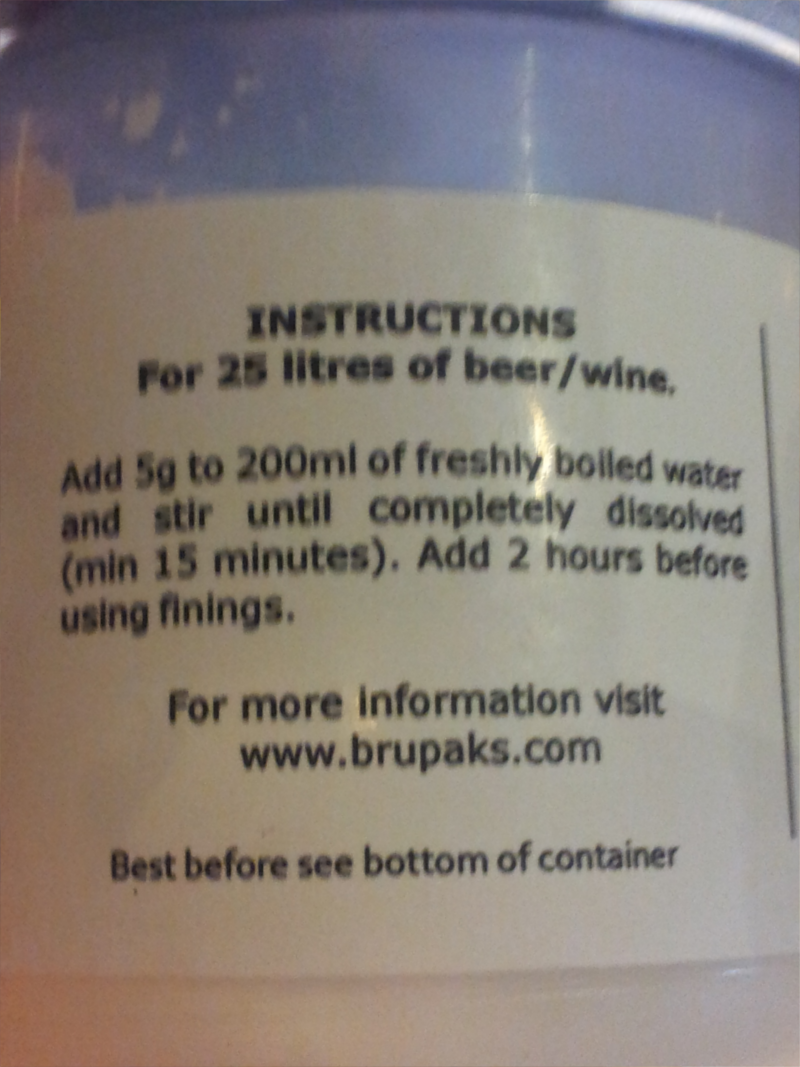MSK_Chess
enthusiastic learner
I'll give it a try next time. Always open to trying something new
To be honest with you JP I think an hour is rather excessive. I have read that those who actually produce gelatin or use it everyday i.e. cooks and chefs talk more in terms of fifteen minutes. The reason that I use PVPP (polyclar 730) prior to using gelatine (2 hours prior according to manufactures instructions) is that it contains silica gel which has a large surface area and is negatively charged. It selectively traps the poly-phenols and haze causing proteins and when you add gelatin which is positively charged, they attract and conglomerate and settle out. I've had ok result using only polyclar730 and pretty good results using only gelatin, but together they are awesome.







![Craft A Brew - Safale BE-256 Yeast - Fermentis - Belgian Ale Dry Yeast - For Belgian & Strong Ales - Ingredients for Home Brewing - Beer Making Supplies - [3 Pack]](https://m.media-amazon.com/images/I/51bcKEwQmWL._SL500_.jpg)



















































